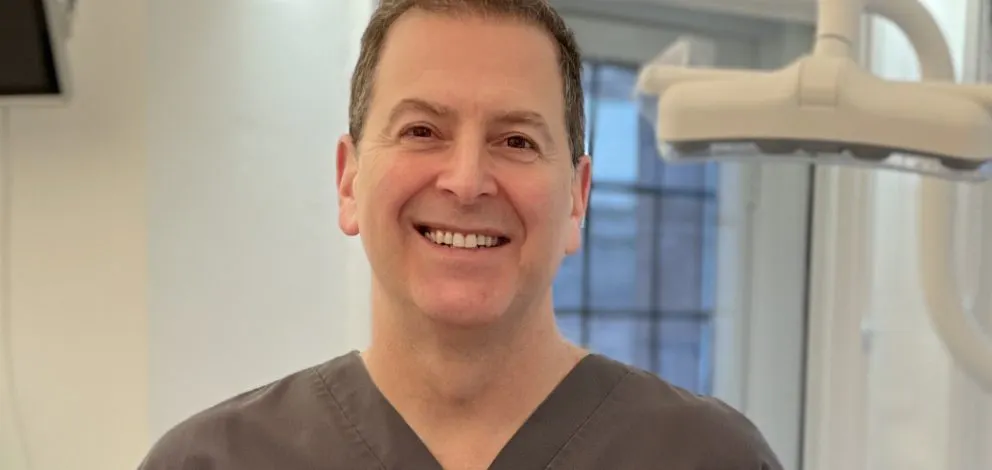Periodontal aesthetics
Crown lengthening
Aesthetic crown lengthening can be a treatment option for patients with a ‘gummy’ smile. The best way of approaching the treatment depends on what is actually causing the excess display of gum. In its simplest form, it may simply be extra gum that can be cut away to expose the tooth underneath. At the other end of the spectrum is too much gum showing as a result of an underlying skeletal discrepancy, whereby only major surgery can completely address the problem. Proper assessment is required to determine the underlying cause and to decide what end result can be gained and by what method this can be achieved.
Often, to gain a predictable and stable long term result, some degree of adjustment of the underlying bone levels is required. To achieve this, the gum must be raised and adjusted to the desired level, and the underlying bone adjusted to re-establish the proper anatomical relationship (‘Biological width’).











